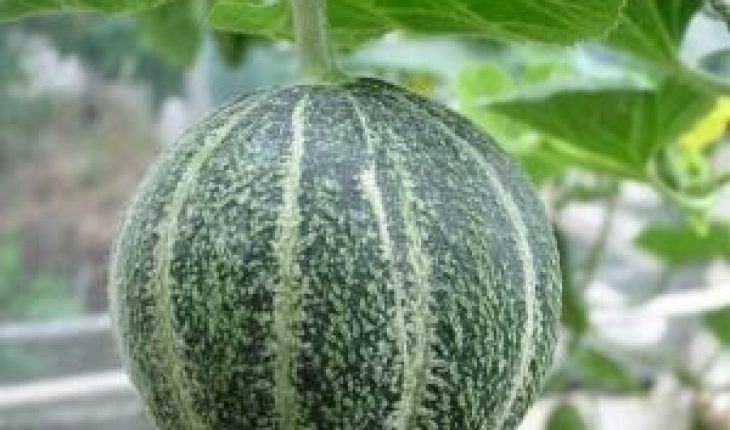Growing cantaloupes isn’t hard, but it does require patience as they take a while to grow. By the way, cantaloupe, melon and muskmelon belong to the same family. There may be some subtle differences but planting methods are the same.
Planting Time
The ideal time is after the final frost. The spring temperature should be around 60 to 80 F. You can plant seeds in the house and transplant them later. When planting in the garden, dig a hole an inch deep. The soil needs to be rich for the fruits to grow.
Trimming and Fertilizing
When growing cantaloupes, you should cut the extra leaves that appear. Try to keep only the healthiest plants. Also make certain that the seeds get lots of sunshine. Keep the soil moistened by watering it.
Watering the cantaloupe once a week is recommended. Water it twice weekly if the climate is dry. Fertilizers should be made of compost.
Planting on Hills or Sowing
If planting on hills, put 4 to 6 seeds per hill. Allocate 6 feet of space for each hill. Again, keep only the strongest plants. Space the rows at least 5 feet from each other. However, some bush variants may be spaced a couple of feet less than that.
Growing cantaloupes without the hills is also possible. In these cases the spacing should be 5 inches. When the seeds are grown indoors, use a germination mat. Peat pellets make transplant adjustment easier too.
Maturity Dates and Variants
Most take 75 to 95 days to fully grow. The cantaloupes and muskmelons come in different variants. The honeydew melon is one of the sweetest and is known for its green color. The Crenshaw melon is yellow and is rarely grown. Each has its own unique flavors. You can serve them together for a delicious treat.
Diseases and Pests
The cucumber beetle is the most common insect pest and can destroy the leaves and fruits. The squash vine borer is another one. Other insects also cause problems.
Insecticides can keep these pests from spreading. But for growing cantaloupes effectively, treatment should be administered before any insects actually appear.
Sometimes mice eat into cantaloupes. If the fruit gets mushy near harvest time, look for any small holes which mice have eaten through. Use fungicide and other medication to prevent powdery mildew from spreading. There are other diseases that affect cantaloupes but there are disease controls available.
Harvesting
The most noticeable sign is the drying stem. Hold the stem. If the tip is soft, the cantaloupe is ripe. If the fruit is too soft it is overripe. These can be picked prior to being totally ripe.
Store the cantaloupes in the fridge and it will last for several weeks. If kept in room temperature the fruit will last only a week or even less.
The time it takes for nurturing cantaloupes is longer than most fruits. But it’s luscious and juicy taste will make it worthwhile. Sweet and cool, it’s one of the best ways to beat the dry summer days.





